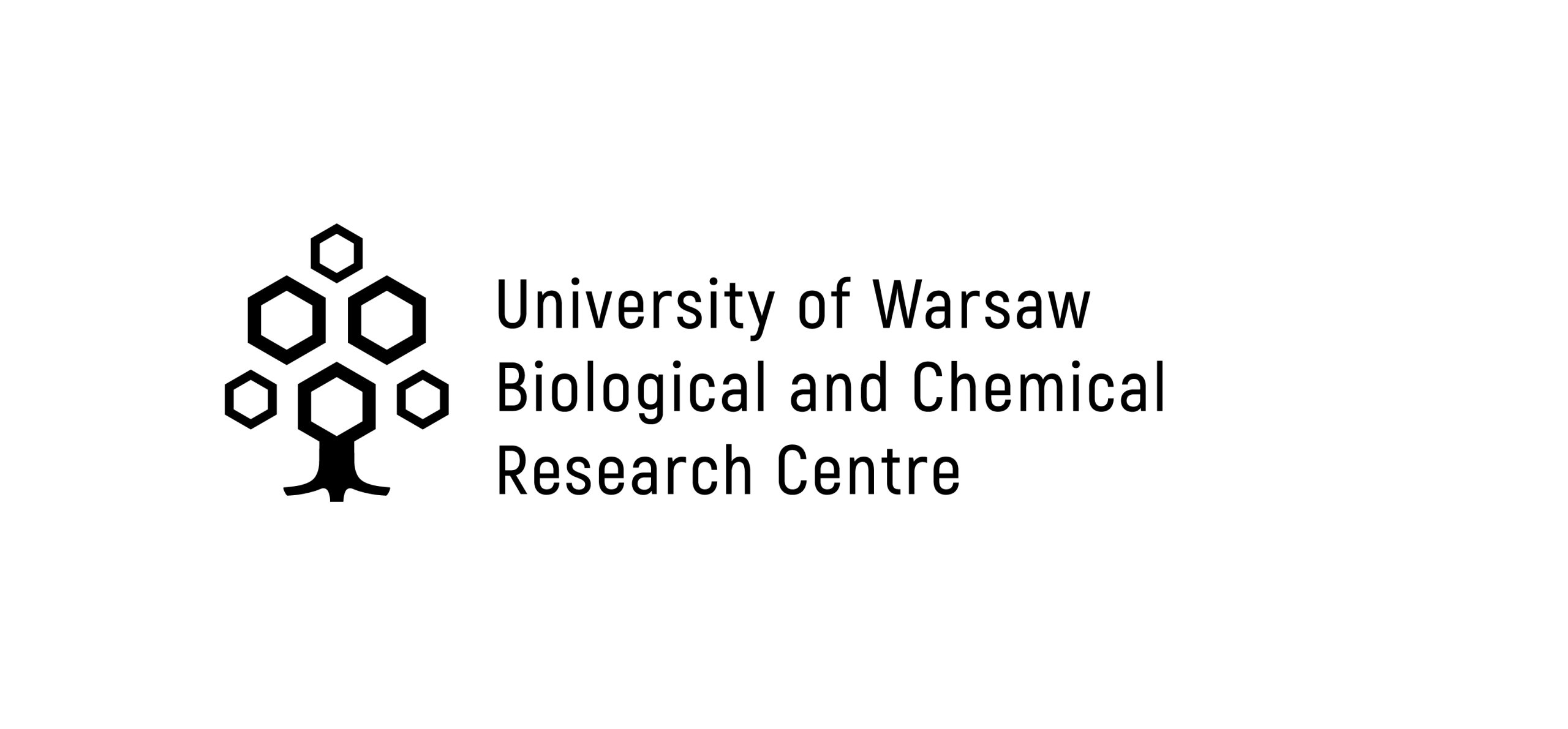Supramolecular Chemistry Laboratory
Description of the group
This group specializes in organic synthesis, applied in two main fields: supramolecular chemistry and construction of metal-organic frameworks (MOFs), which are defined as crystals containing voids of nanoscopic size (cavities, channels etc.). Supramolecular chemistry or “above the molecule” chemistry is an interdisciplinary branch of studies, at the interface of chemistry, biology and physics. It tackles phenomena, in which intermolecular forces are crucial. Hence, supramolecular chemistry lies behind both biology and nanotechnology.
Metal-organic frameworks (MOFs) are crystal, porous, 3 dimensional coordination polymers, in which inorganic building units are bound by organic linkers. Thanks to the proper selection of organic ligands and metal centers, MOFs can be used for gas storage, especially hydrogen and methane, as drug carriers, in ion exchange, in sensor technology, in non-linear optics, as magnetic and luminescent materials and in many more branches of science and technology. Moreover, MOFs provide unique microhabitat for catalysis, which resemble enzyme interior.
Research activities
Supramolecular chemistry, or ‘chemistry beyond molecule’, is an interdisciplinary field of research at the interface between chem-istry, biology and physics. Supramolecular chemistry investigates phenomena in which major role is played by weak intermolecular interactions and, as such, is a basis of biology on the one side and nanotechnology on the other.
Our major specialty is organic synthesis, which we apply in two major areas for:
1) the construction of molecules that selectively bind anions
2) the preparation of Metal-Organic Frameworks (MOFs), i.e. crystals with large and regularly distributed empty spaces in their structures (nanoscopic cavities, channels, etc.).
Anions play important roles in many biological and chemical processes, in medicine and in environmental protection. Development of molecules capable of their effective binding, detection and trans-port through biological membranes has become one of the major current trends within supramolecular chemistry.
In the SChL, we design and synthesize receptors which selectively bind anions in aqueous environment, detect them (e.g. by fluo-rescence) or transport them through biological membranes. The receptors thus obtained can be used in practice, e.g. as sensors for monitoring the concentration of fertilizers in soil and water, or as leading molecules in the development of new therapies for diseases, e.g. cystic fibrosis.
MOFs, on the other hand, are a new, fascinating class of materials that have been extensively studied in leading scientific and industrial laboratories all over the world. They are crystalline and porous coordination polymers in which inorganic metal clusters are connected by organic ligands into a three-dimensional framework.
Offer
- Joint participation in R&D projects related to MOFs (Metal-Organic Frameworks) or supramolecular;
- Measurements and analyses on: automatic gas sorption analyser (Autosorb iQ-MP), HPLC, GC, CombiFlash preparative chromatograph, UV-Vis and fluorescence spectrometers;
- Various instruments for the synthesis and activation of MOFs, such as high pressure autoclaves, ovens with programmable heating, dryer for activation of porous materials with supercritical CO2, vacuum dryer, polarization microscope, gas and vapor sorption;
- Non-standard instruments for organic synthesis, such as a microwave reactor, a ball mill for mechanochemical synthesis, a Parr apparatus, multiclaves for high pressure reactions (<200 bar)
Team leader
Michał J. Chmielewski received his doctorate from the Institute of Organic Chemistry of the Polish Academy of Sciences (summa cum laude, supervisor: Prof. Janusz Jurczak), after which he completed three postdoctoral fellowships: at the University of Wrocław (with Prof. L. Latos-Grażyński), at the University of Oxford (with Prof. P. D. Beer) and at Université Louis Pasteur in Strasbourg (with Prof. J.-M. Lehn, Nobel Laureate). He is the author of more than 30 scientific publications, mainly in prestigious journals, which together were cited more than 1000 times (h-index 15). Winner of, among others, the Marie Curie fellowship, the “Homing” programme of the Foundation for Polish Science and the Ministry of Science and Higher Education scholarship for outstanding young scholars. In 2011, he was elected a member of the Polish Young Academy of the Polish Academy of Sciences. Member of the Committee of Chemistry of the Polish Academy of Science.
